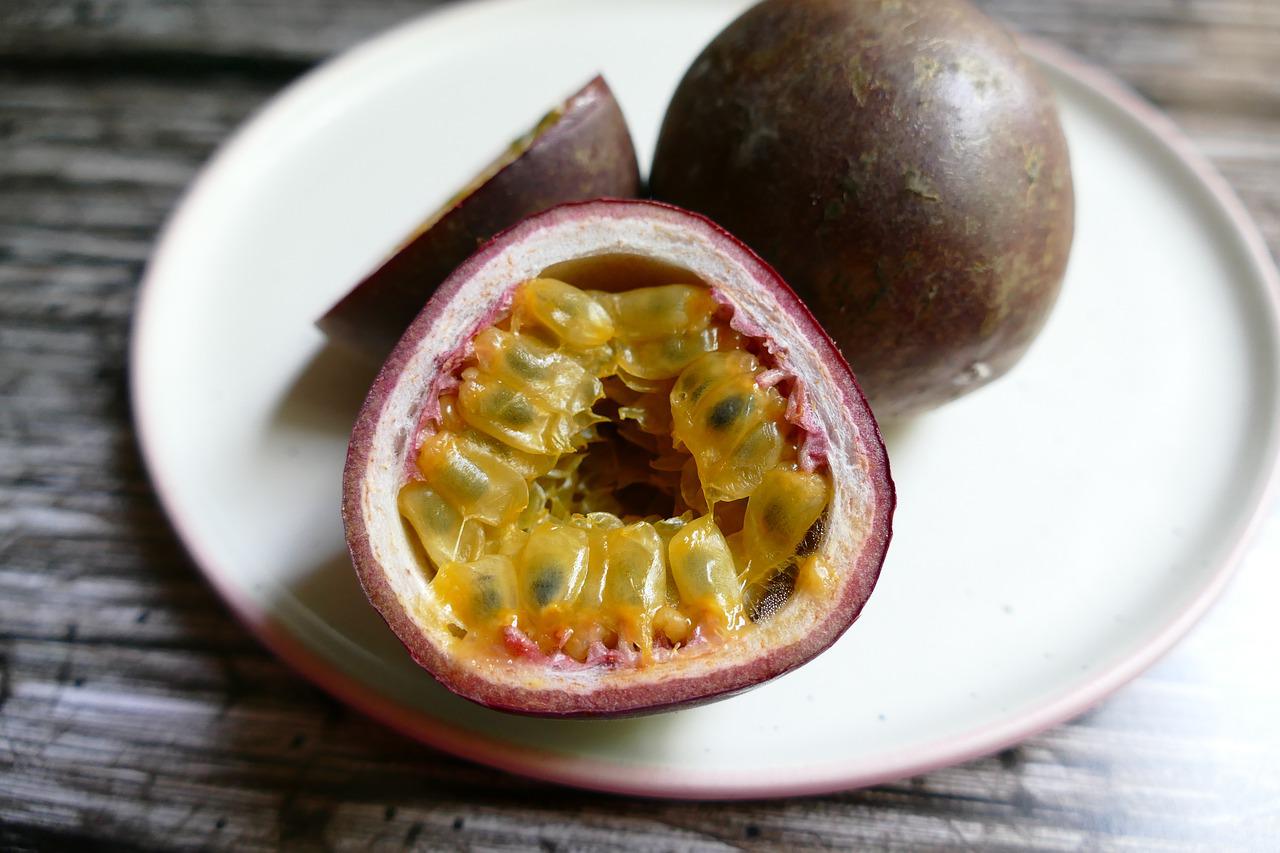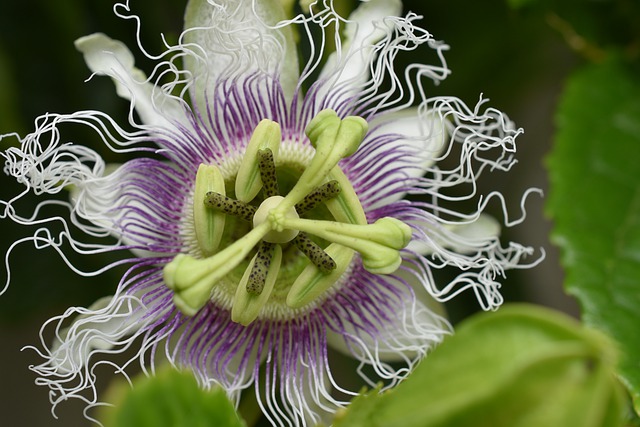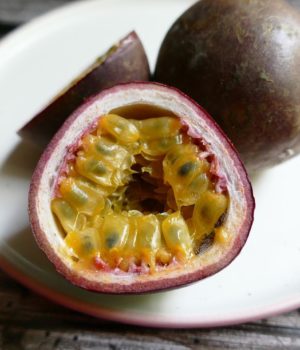How do you eat such a fruit? exotic in Europe as it is passion fruit? Discover some recipes to prepare with it and its interesting properties. What does it have to do with him? asthma? Let's see it!
How is the passion fruit?
Passion fruit It is the name given to a tropical fruit. You can also find it as passion fruit or patch, depending on its place of origin. It is the fruit of a climbing plant which can reach nine meters in length. Its appearance, in the mature form, is golden yellow or purple. Inside there are bags with juice orange and crunchy seeds. It is also important that it is hard to be able to eat it.
What to do with this fruit?
The easiest way to do this is to cut it in half and remove the pulp, next to the seeds, with a spoon. You can put it in a bowl, although it is also comfortable to eat it from the same fruit. Another option, if you don't like the seeds, is to make juice with the pulp.

In case you like them you can prepare nectar. To do this, the passion fruit cut with the shell is boiled over low heat in water. This process ends when the fruit becomes soft. The next step is to blend it, strain it if you feel like it, and sweeten it.
Then we also have the grout, what is a fruit pureeI'm strained vegetables. This is prepared in a similar way to nectar but without the shell. So, the first thing is to boil the pulp with sugar for five minutes after straining the seeds. There are those who add vanilla and other spices for flavor before boiling. This recipe can be useful if you want to cover yogurt, frozen cake or cheese with it.
Finally, we also suggest you prepare a mango and passion fruit smoothie. The sweetness of the ripe mango contrasts greatly with the acidity of the passion fruit. In this way, mixing them with a creamy yogurt in the blender.
Why is passion fruit?
The passion fruit originally comes from the Amazon. However, it extends over a very vast area of northern South America. Thus, when the Spanish arrived in these lands, they were dazzled by the fruit. Legend has it that the missionaries related the shape of the flower petals to the resurrection of Christ. This is where the name of the passion fruit would come from.
It also has other names, since its cultivation was introduced in other areas. So, in the Dominican Republic they call it passion fruit. In Paraguay they say mbucuruya, as in Bolivia. In Venezuela it is little patch and in Nicaragua shut it up. In addition, in Puerto Rico it is known as parcha.

What properties does it have?
His commercial triumph involved introducing it to other continents. Today we have it in Hawaii, Australia, Africa… It is not surprising, since it has excellent nutritional qualities. Half a cup of raw purple passion fruit contains 12 grams of fiber dietetics. Furthermore, it is rich in vitamins A, B y C, magnesium, phosphorus and potassium. It is credited with the ability to reduce cardiovascular risk.
As if that were not enough, a study states that the extract of the skin of the fruit improves the ability to breathe in patients with asthma. So, have we convinced you to eat passion fruit more often?







